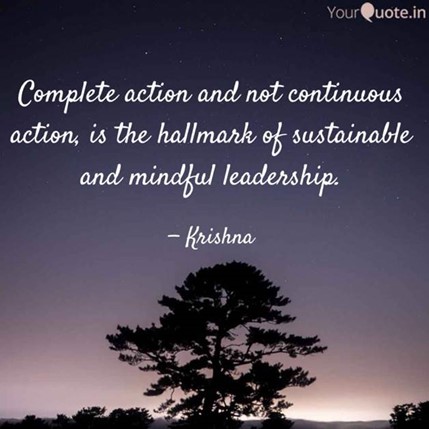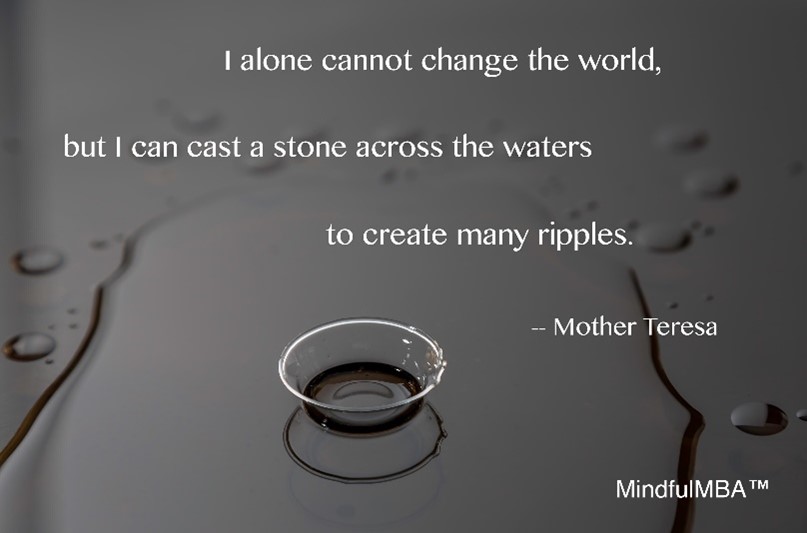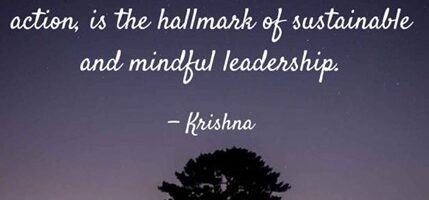by Marguerite Ham
I recently reread a powerful book by Janice Marturano, “Finding the Space to Lead,” about mindful leadership. Because of all the turmoil in our country and world, it seems that everywhere I look, experts are talking about the importance of Mindfulness, Emotional Intelligence, and Empathy. This includes the World Health Organization, CDC, MindfulLeadership.org, Forbes, Huffington Post, Harvard Business Review — the list goes on. This blog focuses on mindfulness and its impact on our ability to lead.
So, what is mindfulness? Let’s start with saying what it is not! Mindfulness isn’t:
- Religion
- New Age, Chanting, Burning Incense
- Emptying the Mind
- Not about stopping thinking
- Achieving Relaxation
There are lots of definitions of mindfulness.
Here are a few:
- Janice Marturano: Non-judgmental, moment to moment awareness. It is about becoming more of who we are.
- MindfulLeader.org: Ability to see oneself and the world with clarity and equanimity, enabling actions to arise from a place of stillness, understanding and compassion.
- Wikipedia Definition: the quality or state of being conscious or aware of something. A mental state achieved by focusing one’s awareness on the present moment, while calmly acknowledging and accepting one’s feelings, thoughts, and bodily sensations, used as a therapeutic technique.
Hot off the press/new research about mindfulness in times of crisis.

Why is Mindfulness important for a leader?
- Connection
- Communication
- Initiating Change
- Collaboration
- Respect
- Innovation
The capacity to lead with excellence is directly related to our ability to connect with our self, others and the community. For that reason, it is imperative for a leader to be able to communicate mindfully by purposefully pausing before responding, being open to what is happening in the moment, listening deeply and respectfully speaking the truth. Leaders need to be able to skillfully initiate or guide change by being responsive versus reactive to situations, circumstances and people in your organization. Leaders need to be proficient in creating a collaborative environment, where many can contribute safely and feel acknowledged for their contributions. Authentically being respectful of others by showing up, being present and honoring your people personally and professionally. Finally, leaders need to intentionally design open space for innovation and creativity to remain relevant and solve challenges within their organization.
Quote: “The depth of connection we have with others at home/work, is directly affected by our capacity to pay attention, and then to speak, or listen, from the mind and heart.” Janice Marturano
What can prevent us from leading mindfully? Distraction!
One of the biggest challenges for us as leaders is Continuous Partial Attention. We go from one task, meeting, responsibility, challenge to the next without any reflection time. As a result, we are constantly stuck in doingness versus beingness. Working IN the business (the daily tasks of running the business) is very different from working ON the business (time spent on studying best practices, remaining relevant, being innovative). Our fear is that if we don’t multi-task, we will fall behind or fail. This is simply not true.
The definition of Continuous Partial Attention is:
- Multi-tasking
- Being in a hurry
- Not being fully present
- Distracted
- Auto Pilot
Stop and reflect for a moment:
- When was the last time you were fully present in a meeting?
- What slipped through the cracks the last time you were multi-tasking?
- When you were running late, showed up to a meeting in a hurry and your rushed energy impacted others?
- When was the last time you were fully present for your family and not thinking about something at work or a personal challenge you were dealing with?
- How does being on Auto Pilot impact your ability to be innovative?
“We log into our devices several times a day, perhaps change your PW to something that reminds you about your leadership principles. Purposefully pause, breathe, and log into your heart, mind and body.”
Dawn MacDonald
Leadership Challenge:
Find ways as a leader to take purposeful pauses each day. They are available at any moment! They will allow you to see things more clearly. Purposeful pauses allow us to respond rather than react. Here are some ways you can integrate mindfulness into your day:
- A moment in the day when you notice the chaos of the day has been non-stop and you choose to intentionally pay attention and slow down.
- Take a moment and simply breathe, pay attention to your breath, inhaling and exhaling.
- The next time you are running late to a meeting, instead of showing up with an exacerbated way of being, slow down, breathe and recenter before joining the meeting. Take a moment just before you enter to take time to transition from rushing to being present.
- Try being fully present at a meeting and truly listening to the people in the meeting, versus distracted, like being on your phone or thinking about your next meeting, task or responsibility.
- When you are at home, focus on being fully present with your significant other and children.
- The next time you are doing something that you do every day and are very familiar with, try doing that task or activity with mindfulness. Pay attention to how you are doing that task versus being on auto pilot.
- The next time you catch yourself multi-tasking, stop, pause and focus fully on one activity/task at a time.
- Create Open Space in your daily schedule to take time to transition from one task to the next, to allow time to work ON and IN the business.
- IN the business – the daily tasks that occur within the business
- ON the business – the tasks that focus on the sustainability of the business, strategic planning, visioning, innovation, etc.
- A guided meditation to Reset and Refresh.
- Check out this You Tube about Purposeful Pauses (4 min).
Here is a simple way to take a purposeful pause in your day – give it a try!
Intentionally bring your attention to the sensations of your breath. No need to close your eyes, or sit a particular way, or even sit at all. You can feel your breath sensations sitting, standing, walking or lying down. Next, pay attention to the sensations that you notice during the entire in-breath and the entire out-breath. Don’t change your breathing in any way, just feel the stretch of your muscles with the in-breath, and the release of your muscles with the out- breath. You aren’t actually thinking about breathing, you are paying attention to how it feels to breathe. When your mind gets distracted (which it will), just redirect your mind back to the sensations of your breath. As you repeat this practice for a few breaths, see if you can notice your body and mind settling into the present moment.



